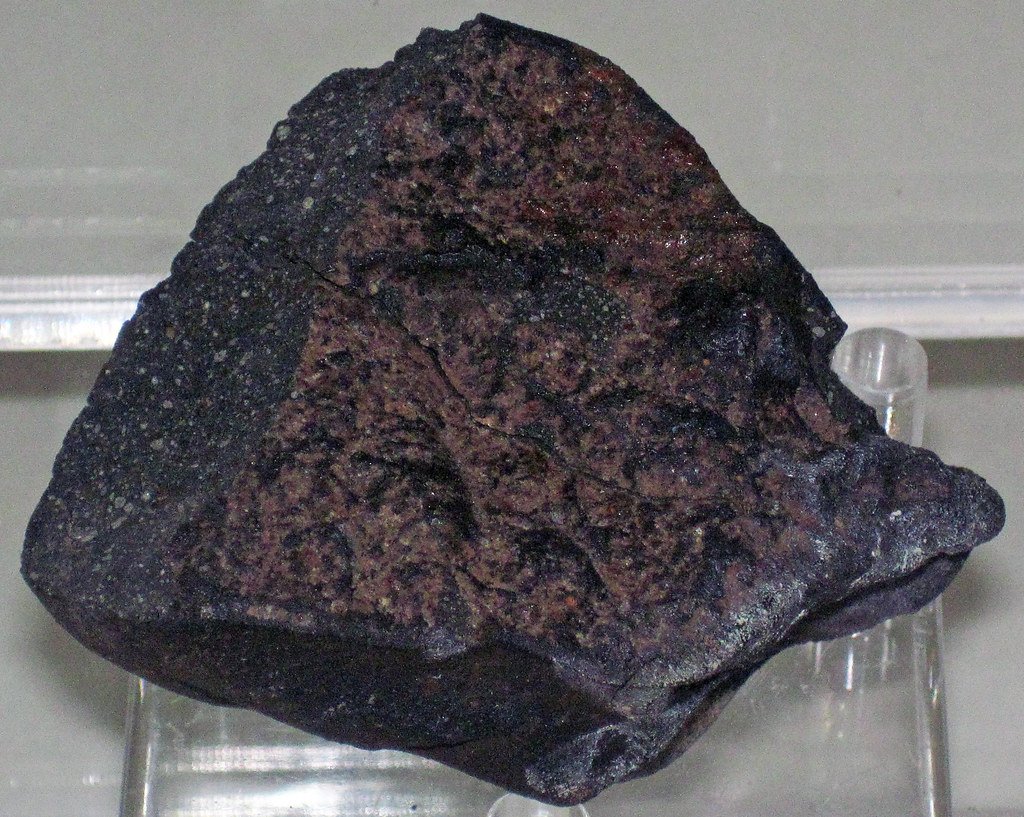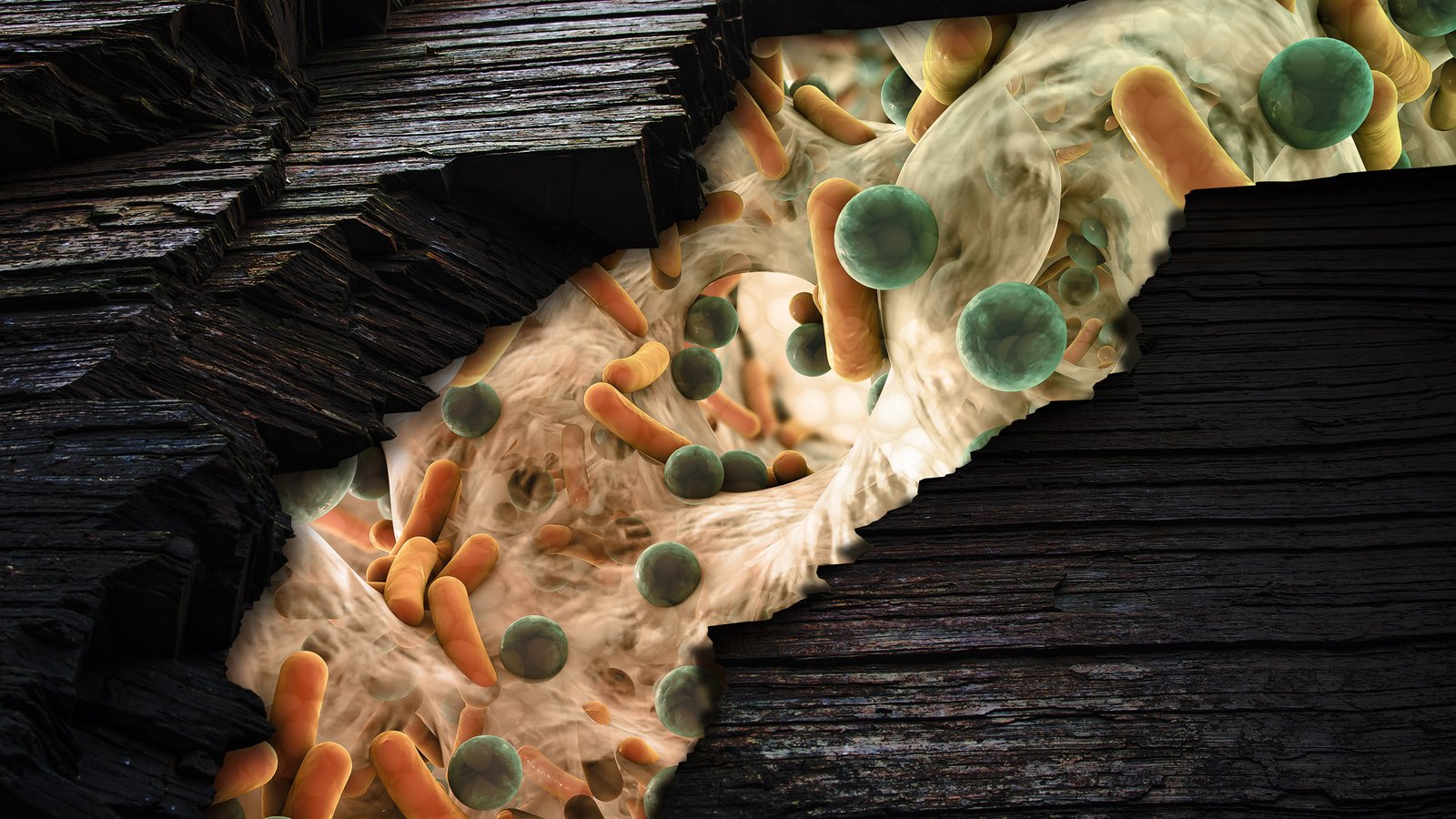Buried deep beneath the ocean floor, in pitch-black, oxygen-starved mud, something incredible stirred after a hundred million years of silence. This isn’t the plot of a science fiction novel—it’s a real discovery that is shaking up everything we thought we knew about life’s limits. Imagine tiny, ancient microbes, asleep since the age of dinosaurs, suddenly springing back to life when scientists provided a little nourishment. The idea is both thrilling and unsettling. What else could be lurking in the world’s darkest corners, just waiting for the right moment to wake up? The awakening of these so-called “zombie microbes” opens a new chapter in our understanding of life, time, and resilience on Earth.
The Surprising Discovery Beneath the Waves

Scientists drilling deep into the seafloor were looking for clues about Earth’s ancient environment when they stumbled upon something shocking. Instead of just finding lifeless sediments, they uncovered living microbes trapped in clay and silt deposited over 100 million years ago. This was not just a handful of survivors—there were entire communities of them, all seemingly dormant but ready to spring back to life. The discovery shattered expectations about how long life can endure, even in the harshest conditions imaginable. It was like finding a message in a bottle from Earth’s distant past, hidden away beneath layers of ocean mud.
What Exactly Are Zombie Microbes?

The term “zombie microbes” isn’t official, but it captures the imagination perfectly. These are microorganisms—some bacteria and archaea—that have been lying dormant, not dead, but in a deep, suspended animation. For millions of years, they endured crushing pressure, cold temperatures, and almost no nutrients. Unlike typical living things that need a constant supply of food and energy, these microbes found a way to slow their metabolism to the barest minimum, just enough to survive the ages. It’s as if they pressed the pause button on life itself.
How Did They Survive for 100 Million Years?

Surviving for such an unimaginable stretch of time seems almost impossible. But these microbes possess remarkable adaptations. They can slow down their biological processes to near standstill, using up resources so slowly that they can outlast the changing world above. The seafloor mud provides protection from radiation and temperature changes, creating a stable, if bleak, sanctuary. Some scientists believe these microbes recycle their own internal molecules, breaking down and reusing proteins and other components to stay alive. It’s survival in slow motion, a marathon at a snail’s pace.
The Role of Seafloor Sediments

The mud and clay beneath the ocean floor aren’t just dirt—they’re time capsules. These sediments accumulate layer by layer, each one trapping whatever happens to fall from the water above: dead plankton, dust, even volcanic ash. Over millions of years, these layers compress, creating an oxygen-poor environment that helps preserve anything buried within. For the zombie microbes, this sediment acts like a thick, protective blanket, shielding them from the hustle and bustle of the world above. It’s a perfect hiding place for life to persist, hidden in plain sight.
Bringing the Ancient Microbes Back to Life

The real magic happened when scientists tried to “wake up” the buried microbes. In the lab, they carefully added nutrients and oxygen to samples of the ancient mud, then waited. Slowly but surely, the microbes began to move, grow, and reproduce—some even dividing for the first time in over 100 million years. The moment was electric. It proved that even after eons, life could still flicker back into action, given the right conditions. It was a scientific resurrection, more dramatic than anyone had dared to hope.
What This Means for the Limits of Life

Until now, scientists thought there was a hard limit to how long life could survive in a dormant state. The awakening of these microbes smashes that limit to pieces. It shows that life’s resilience is far greater than we ever imagined. If microbes can survive for a hundred million years beneath the seafloor, maybe life can persist in other extreme environments—on Earth and beyond. It changes the way we look at the boundaries of biology and the potential for life elsewhere in the universe.
Implications for the Search for Extraterrestrial Life

The story of zombie microbes doesn’t just matter for Earth. It sends a ripple of excitement through the search for life on other planets. If life can endure for millions of years in deep, dark mud here, why not in the subsurface of Mars, or in the icy oceans beneath Europa’s crust? These hardy microbes provide a blueprint for how life could lurk, hidden and dormant, in alien worlds. It’s a thrilling thought that somewhere out there, similar life forms might be waiting for their own awakening.
The Science of Dormancy and Survival

Dormancy isn’t just a trick for ancient microbes—many living things use it to survive tough times. Seeds can wait years for rain, brine shrimp eggs can pause their development, and some frogs freeze solid over winter, only to thaw out in spring. But nothing compares to the timescale of these seafloor microbes. Their ability to hibernate for eons redefines what scientists mean by “life.” It’s not always about activity—it can also be about patience and persistence, outlasting everything else.
Challenges in Studying Ancient Microbes

Working with life forms that have been asleep for millions of years comes with unique hurdles. Contamination is a constant worry—how can scientists be sure the microbes weren’t carried in from the lab or the drilling process? Researchers use ultra-clean techniques, sterile tools, and special protocols to avoid false positives. Even then, proving the microbes are truly ancient and not modern invaders takes careful genetic analysis. Every step is painstaking, but the payoff is worth it: a glimpse into life’s deep history.
The Genetics of Timelessness

When scientists looked at the DNA of these revived microbes, they found something extraordinary. The genetic material was intact enough to allow the microbes to wake up and reproduce. Some genes showed signs of slow but steady evolution, suggesting that even in dormancy, time leaves its mark. Studying these genomes offers clues about how life adapts to extreme environments and how ancient lineages survive when everything else changes. It’s like reading a book written across millions of years.
Energy From Almost Nothing

How do you keep going for 100 million years without food? The answer lies in the microbes’ astonishing ability to survive on a diet of almost nothing. They use tiny amounts of energy, scavenging hydrogen, methane, or even recycling their own molecules. This ultra-low-energy lifestyle is unlike anything seen in more familiar organisms. It’s a reminder that life can find a way, even when resources are stretched beyond imagination. For these microbes, less really is more.
Microbial Time Capsules and Earth’s History

Revived zombie microbes are more than biological oddities—they are living time capsules. By studying them, scientists can learn about the chemistry, climate, and life forms that existed when the microbes were first buried. Each microbe carries a snapshot of ancient Earth, preserved in its DNA and cell structure. This makes them invaluable to researchers who want to reconstruct the planet’s deep history and understand how life responded to global changes long ago.
The Emotional Thrill of Scientific Discovery

The moment when a 100-million-year-old microbe twitches back to life is nothing short of exhilarating. Scientists describe it as awe-inspiring, even humbling. It’s a reminder that, no matter how much we think we understand, the natural world still holds surprises beyond our wildest dreams. Every petri dish might conceal a secret, every scoop of mud a doorway to another time. The emotional impact of such discoveries can fuel a lifetime of curiosity and passion for science.
Potential Dangers or Risks?

Whenever ancient organisms are brought back to life, it’s natural to wonder: could they be dangerous? In this case, scientists assure us that the revived microbes pose no threat to humans or the environment. They are adapted to life in the deep seafloor, not the world above. Still, the idea of awakening ancient life forms is a powerful reminder to tread carefully. It asks us to respect the unknown and to think hard about the consequences of our curiosity.
What’s Next for Zombie Microbe Research?

The discovery of zombie microbes is just the beginning. Scientists now want to explore even deeper layers of the seafloor, as well as other extreme environments on Earth. Each new sample could reveal different species, survival strategies, or even completely new forms of life. Researchers are also developing better tools to study these ancient organisms without disturbing their delicate state. The quest to understand life’s outer limits is far from over—it’s only just begun.
Why This Matters for Our Future

The story of the zombie microbes is not just about the distant past, but also our future. It shows that life is tougher and more adaptable than we ever gave it credit for. This resilience could inspire new ways to preserve crops, store medicines, or even one day help humans survive in space. It reminds us that, in a rapidly changing world, we might have more to learn from the smallest and oldest survivors among us than we ever imagined.




